GATHERING MATERIALS Being told he'd get a custom shirt , my brother dove straight into the design process and sent me links to Carol Tuttle's Dress Your Truth system which he was studying. I then got excited about using batiks to make an unusual shirt for him, and he got excited and sent me some of his favorites, from which I compiled this colorboard: I picked a Robert Kaufman batik. To me, it looks like a Japanese Maple in the fall, if you lay on the ground look up through the feathery leaves. There are plum colors, and aubergine, and red, burgundy, brown, green... just gorgeous! Then, a while later while browsing a nearby vintage shop, I picked up a somewhat simpler batik, in purple colors from my brother's colorboard. I bought it, too, thinking I'd do two shirts. I think the purple one is rayon. The Robert Kaufman one is cotton. PATTERN WORK My brother's dimensions don't exactly fit one size on the pattern envelope (does anyone's?): his chest size puts him into a medium, but his neck circumference puts him in a large. And his waist (not accounted for on the envelope size chart) is small. Knowing he likes a slim fit, I decided to make a test garment in medium, but with the neck and collar from the large pattern. I knew it would be too big in the waist but thought that would be the easiest to alter. The pattern was easily modified: I traced the two front pieces and the back piece in medium. Then I overlaid the large pattern onto the medium and retraced the neckline. In order not to warp the shoulders or armscyes of the medium base, I had to define some baselines. For instance, I measured the breadth of the medium shoulders, from tip to neck. Then when I overlaid the large pattern so I could steal its neckline, I made sure not to deform or elongate the medium shoulders. It's tricky to explain, and I think if I do it again I'll take pictures and try to break it down, if only to understand my own process better, and perhaps improve on it. Only the torso pieces needed the alteration: the sleeves remained a medium, and the collar and collar stand remained large. THE ISLANDER SEWING SYSTEM I made the test garment from an old polyester sheet. It actually drapes pretty nicely as shirt fabric, but I'm not remotely proud of my workmanship. It was my first time making a man's shirt, and I was carefully following the instructions in the Islander Sewing Systems packet, so I was learning. Here, in no particular order are some of my reflections.
Having tried it on myself, I suspected he'd find it too big for him. The aloha shirt is designed to be blocky and loose, but my brother is not much bigger than me, and look how it swallows me! I think he'll prefer a small for the more body conscious styling. So my next move was make several seams tapering the side. I put my sewing machine to the longest seam length and basted a series of tapered side seams, each one smaller than the last. Then I mailed it to him with instructions to try it on, and if it’s too tight, remove the tightest side seam. If the shirt’s still too tight, remove the next one, until it fits how he likes it. He also got firm instructions to use it for fitting purposes only and destroy it when he was done. Under no circumstances was he to betray to anyone that I made such a sham garment! (Incidentally, it's interesting which verbs I automatically pair with different nouns. I "whip up" a mock-up, but "make" or "sew" a toile or muslin. "Mock-up" sounds like it can't be serious or worthy, so it gets a flippant verb phrase, but the reality is that a mock-up is still time consuming work. It took me most of a day to alter the pattern and sew this one. And though I'm not proud of the detail work, it is an actual shirt... sort of.) THE RESULT: TOO BIG!When my brother got the shirt, he had to laugh. He was, he claimed, swimming in it! Oh, the pitfalls of sewing for people thousands of miles away! (Too bad I don't have a block of him!) Obviously, the medium-size was too large, and he needed a small. But I had lost momentum and, feeling discouraged, I put the aloha shirt project on the back burner.
Then one day at a vintage store I found an old aloha shirt, labeled "small", and the project came again to the fore... but that's a whole 'nother blog post!
1 Comment
|
Karen Roy
Quilting, dressmaking, and history plied with the needle... Sites I EnjoyThe Quilt Index Categories
All
Archives
March 2024
|
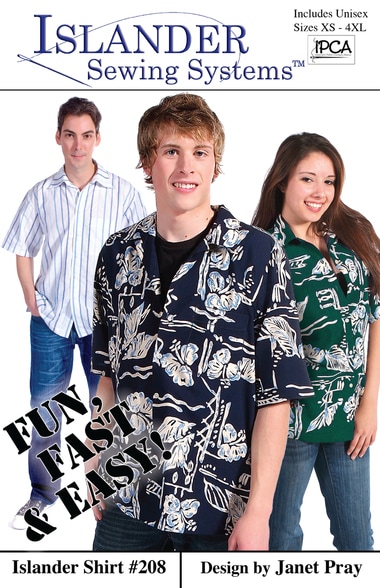
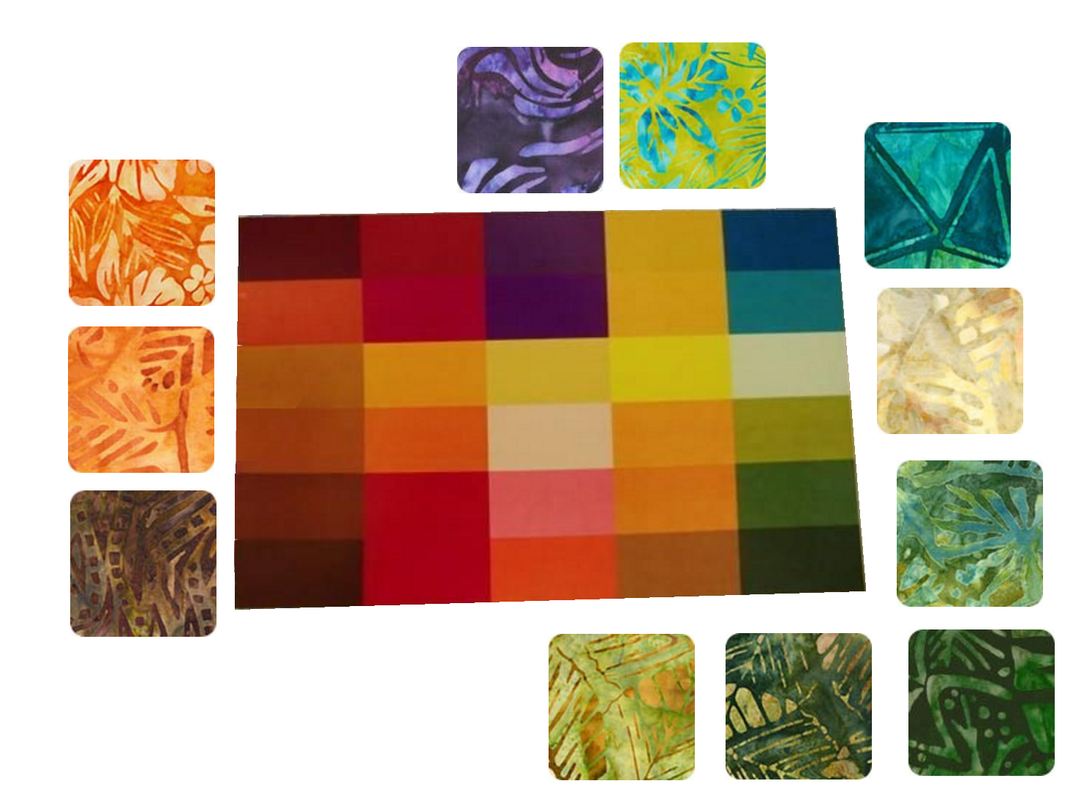
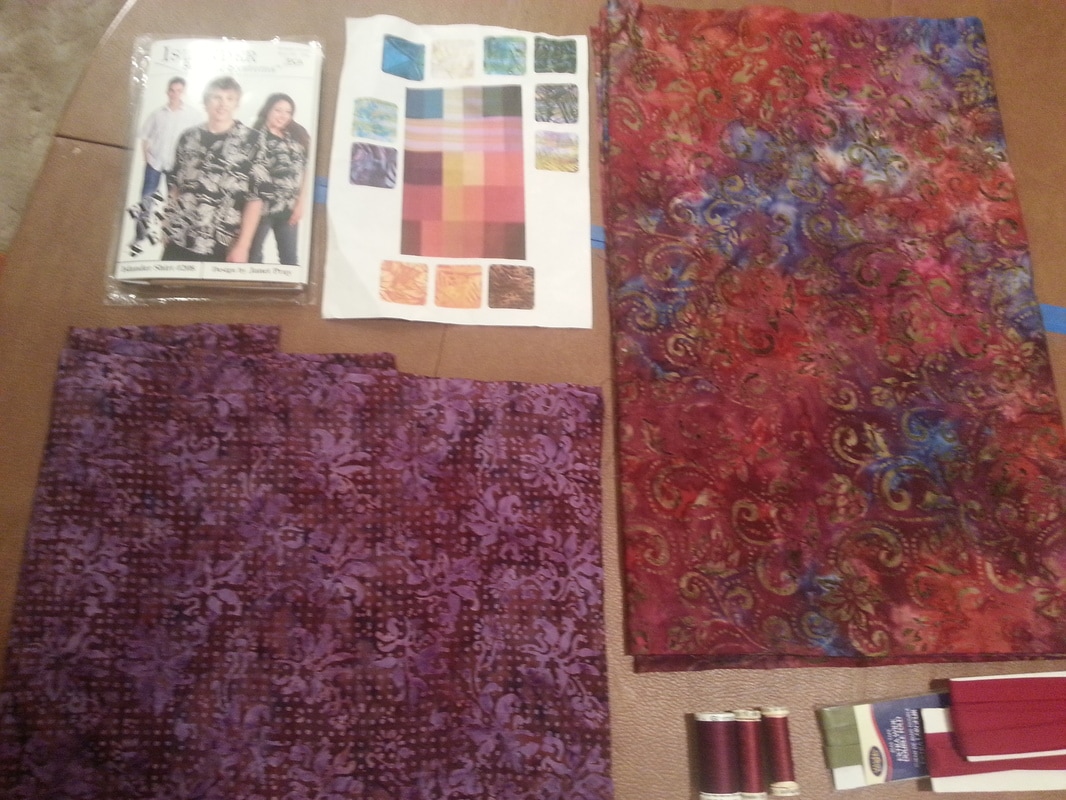
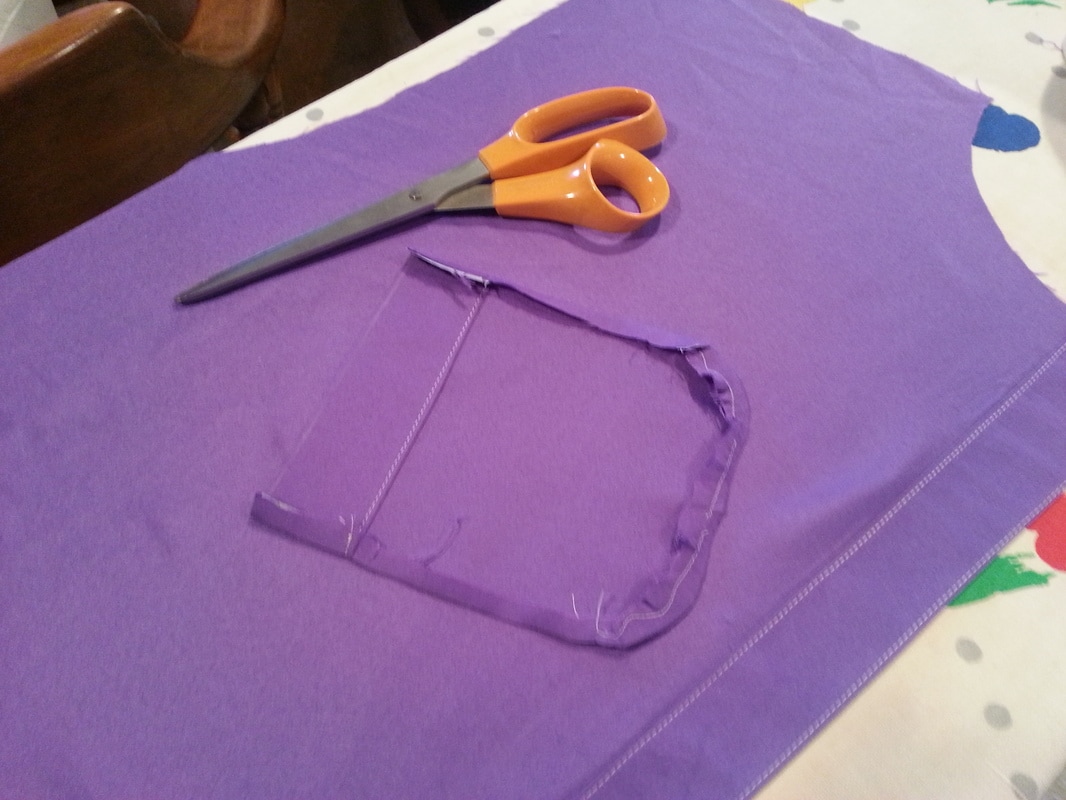
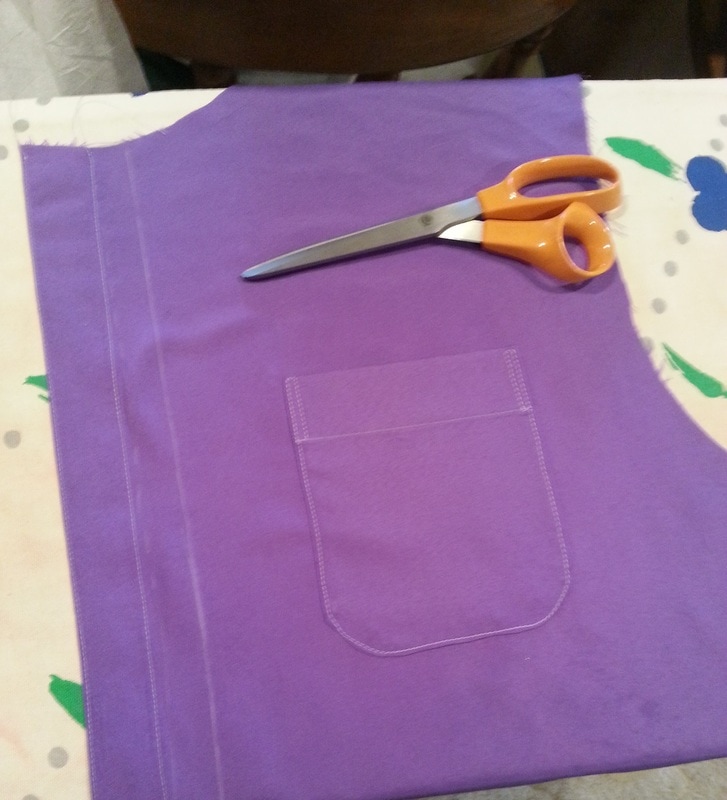
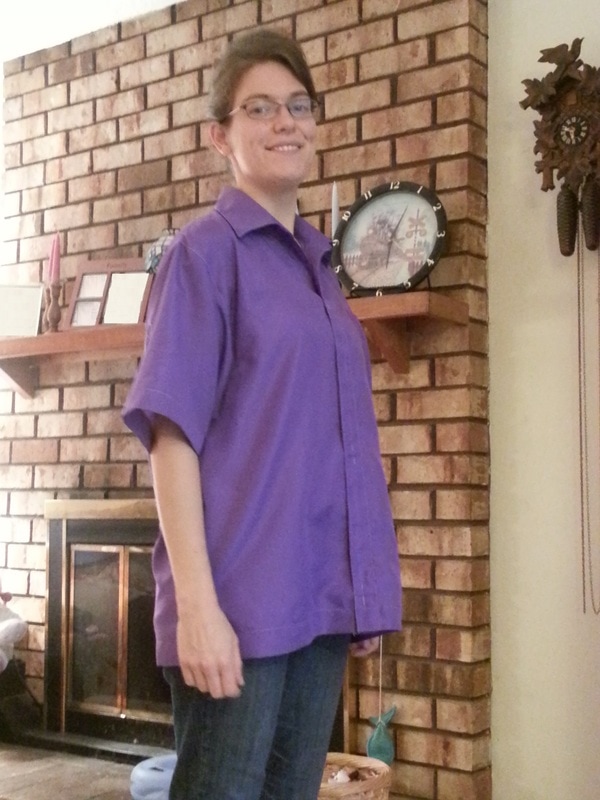
 RSS Feed
RSS Feed